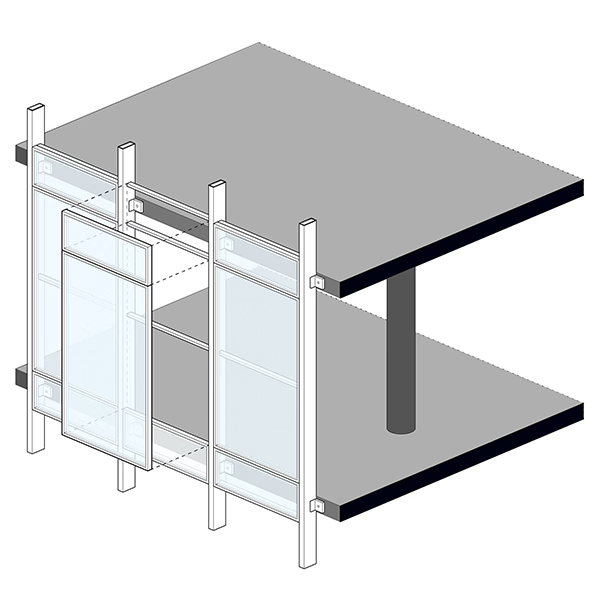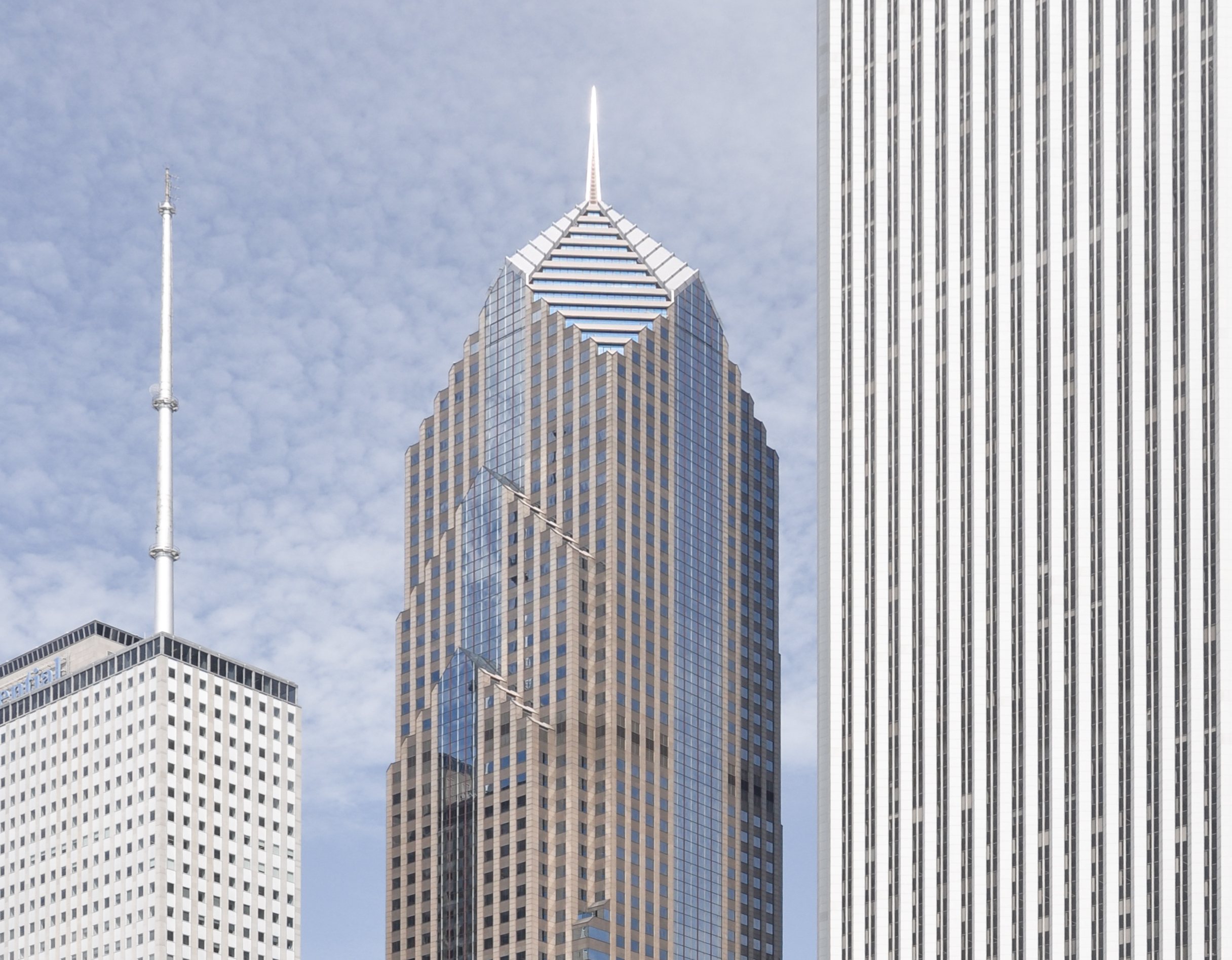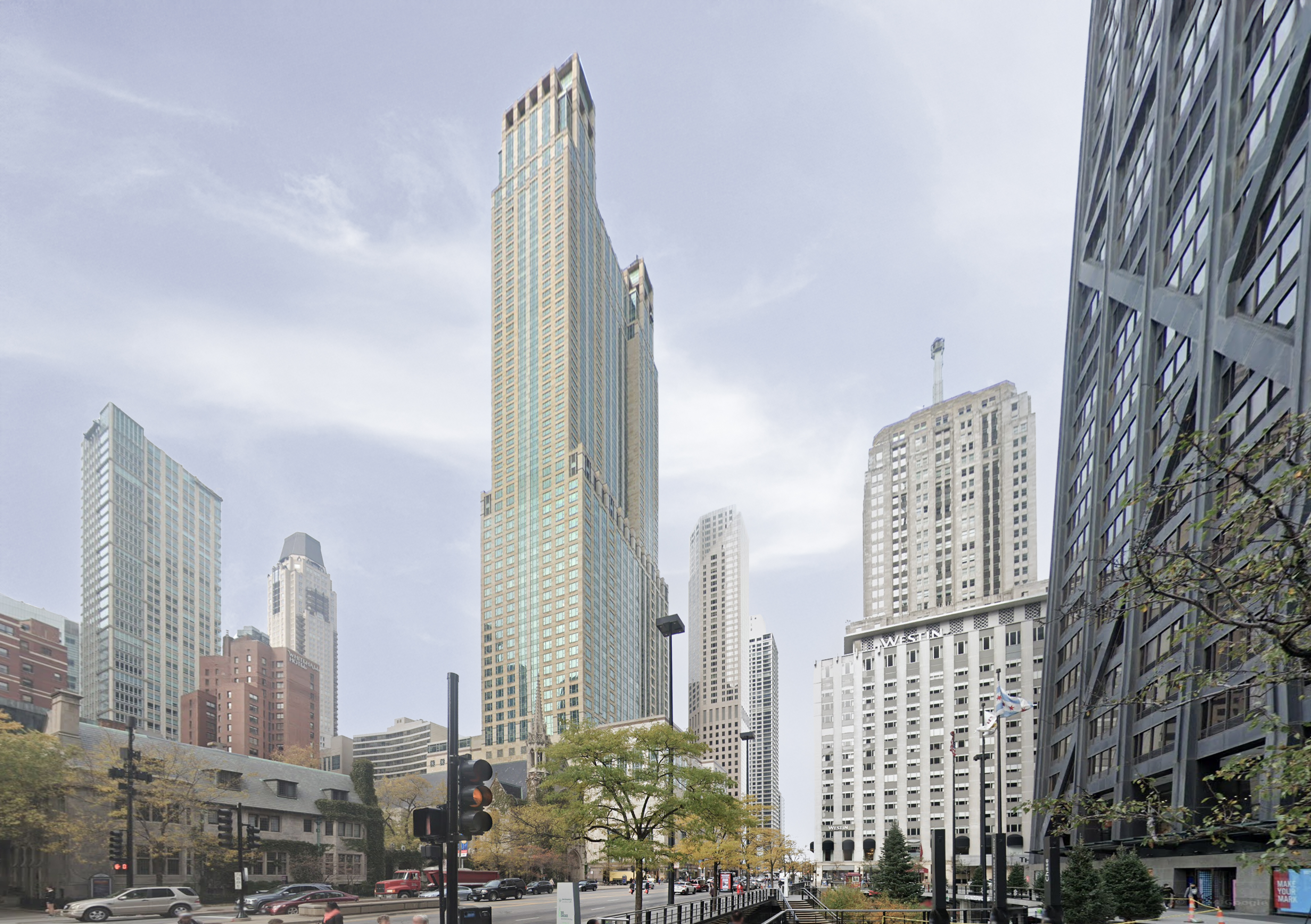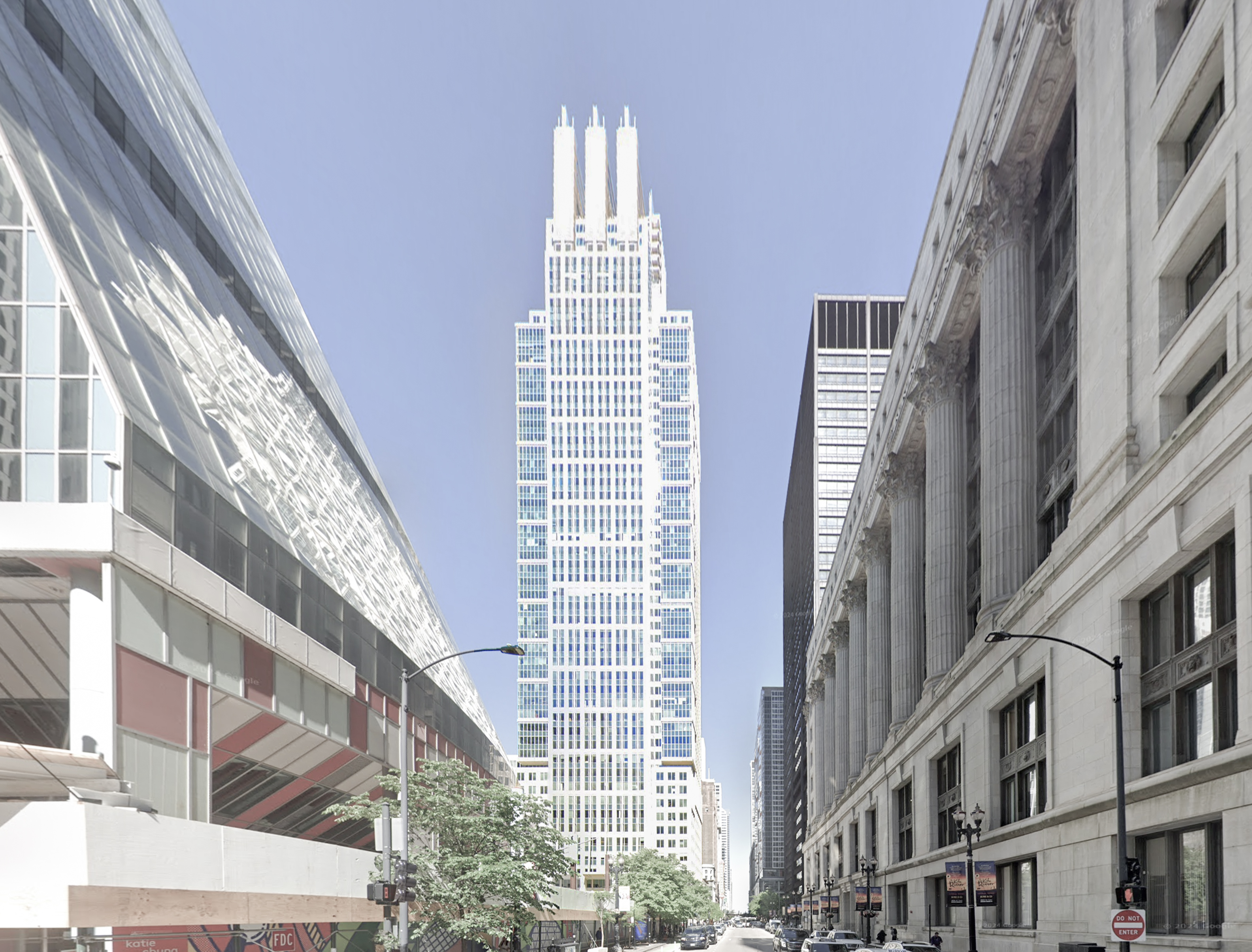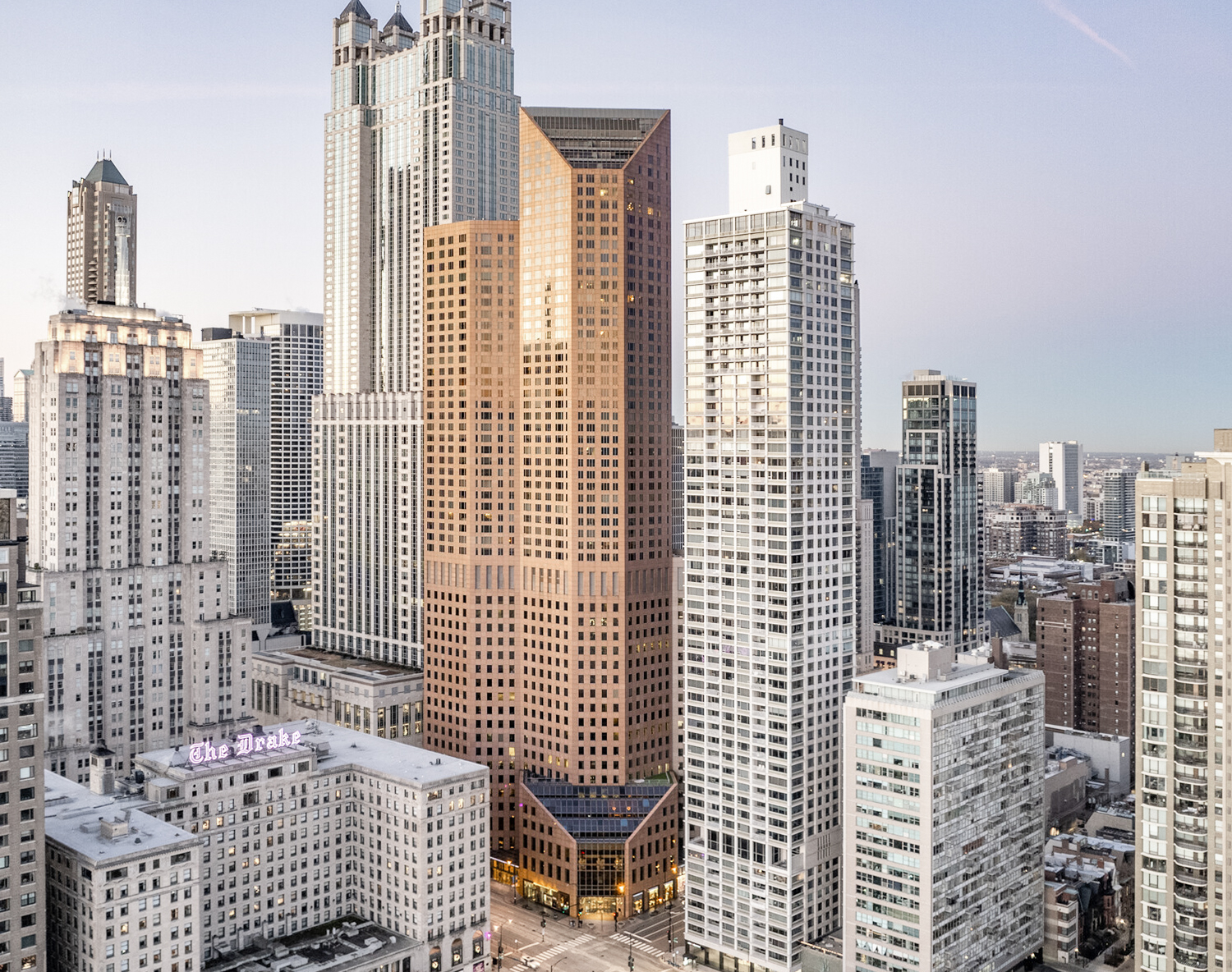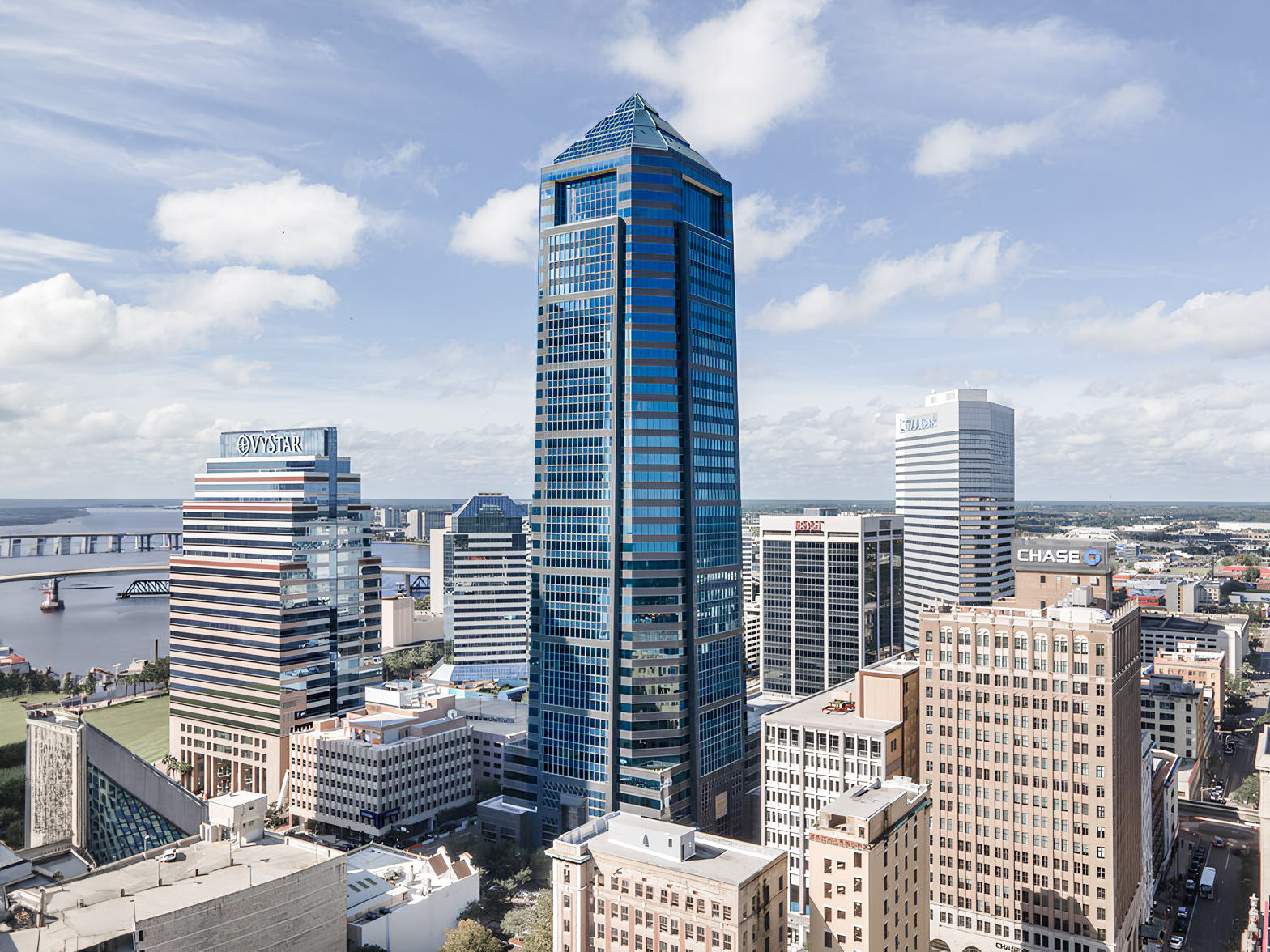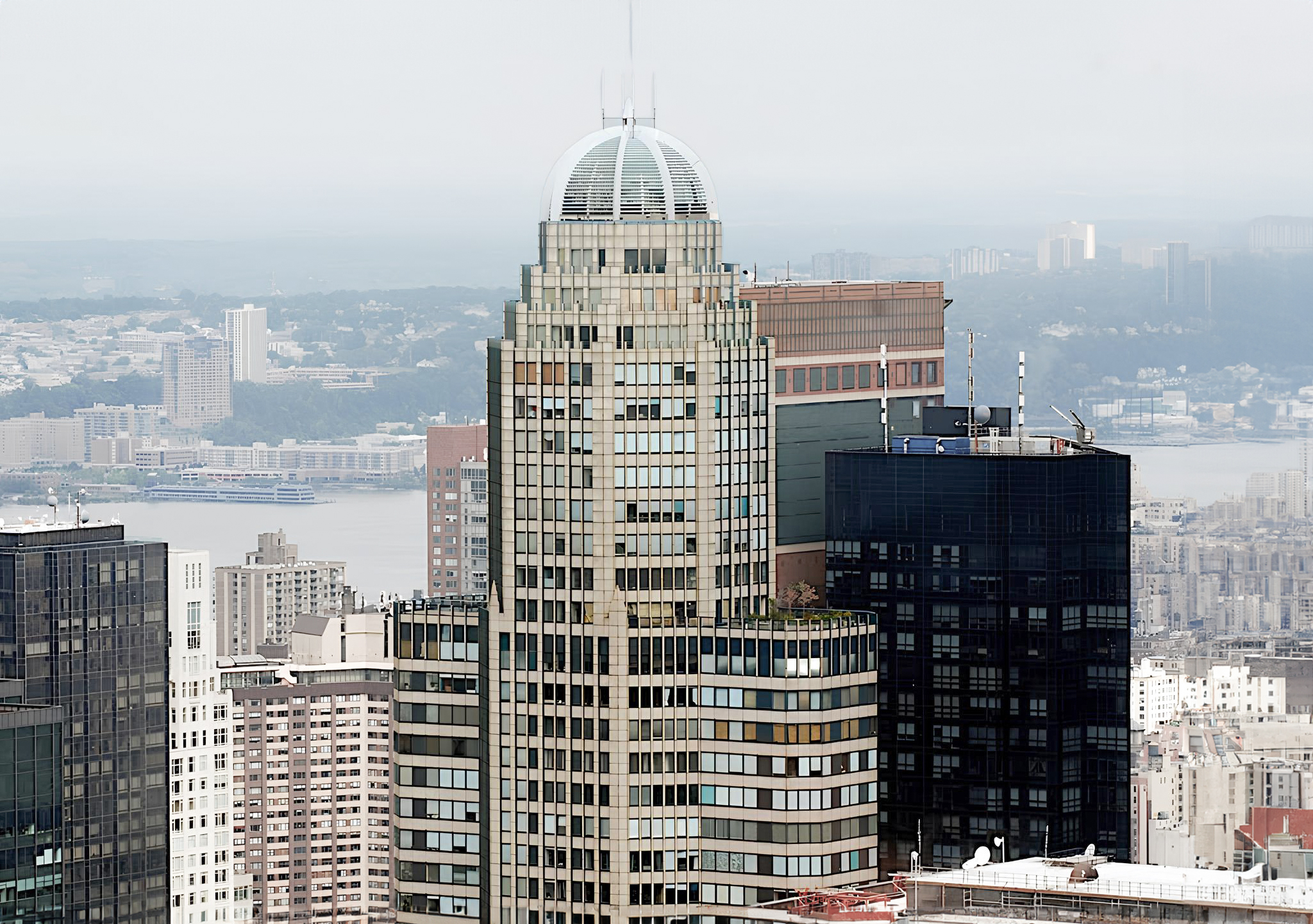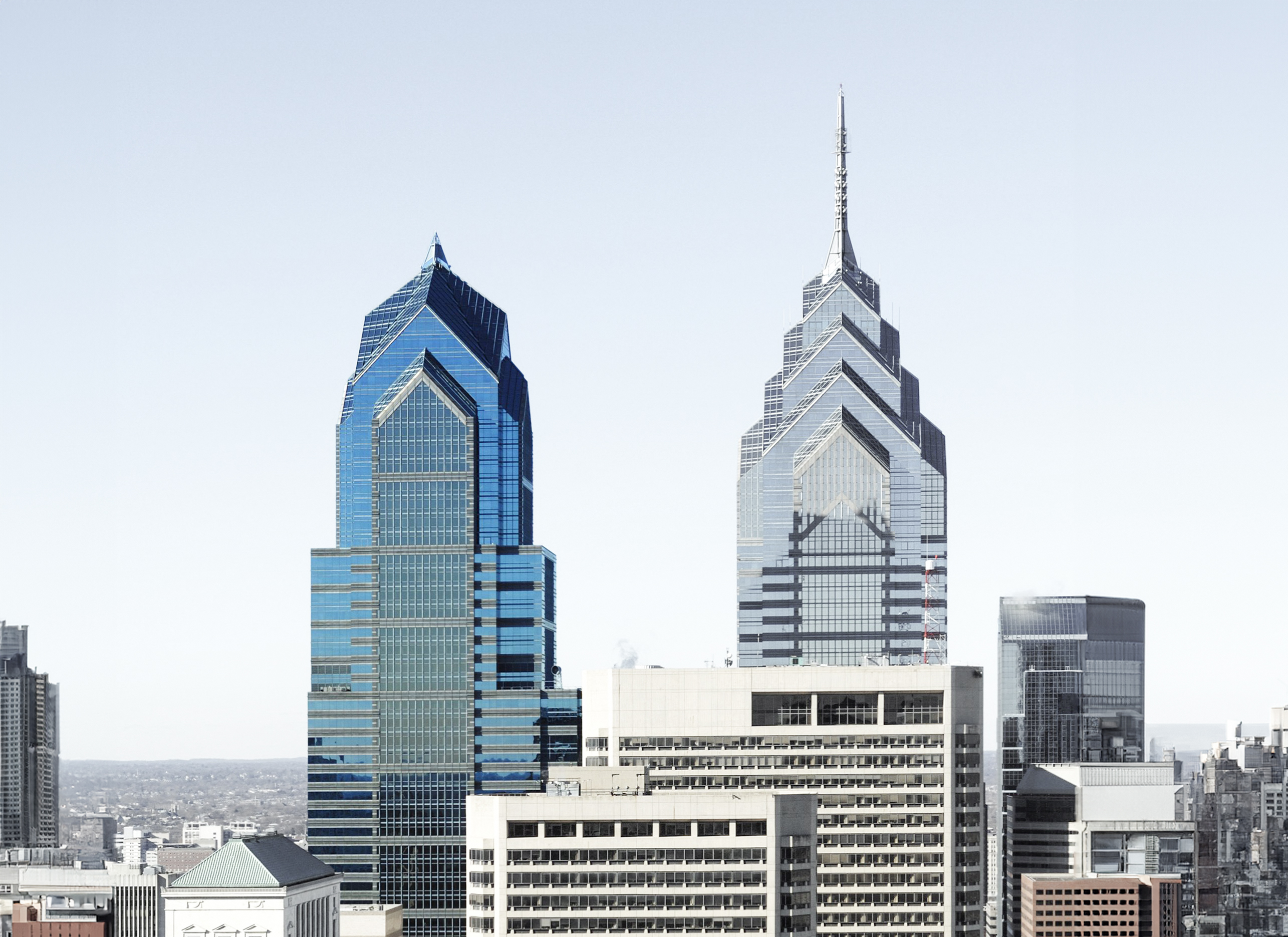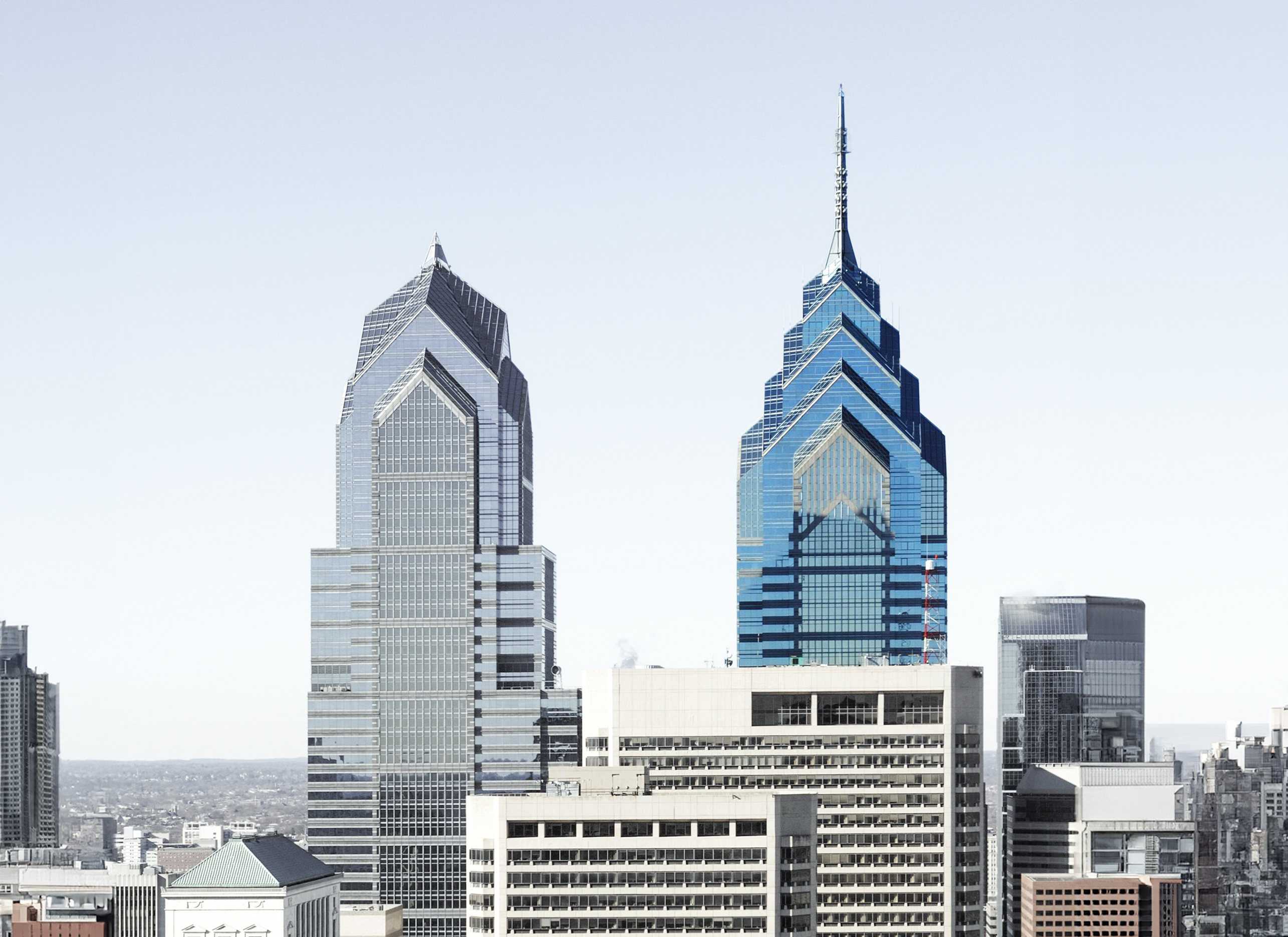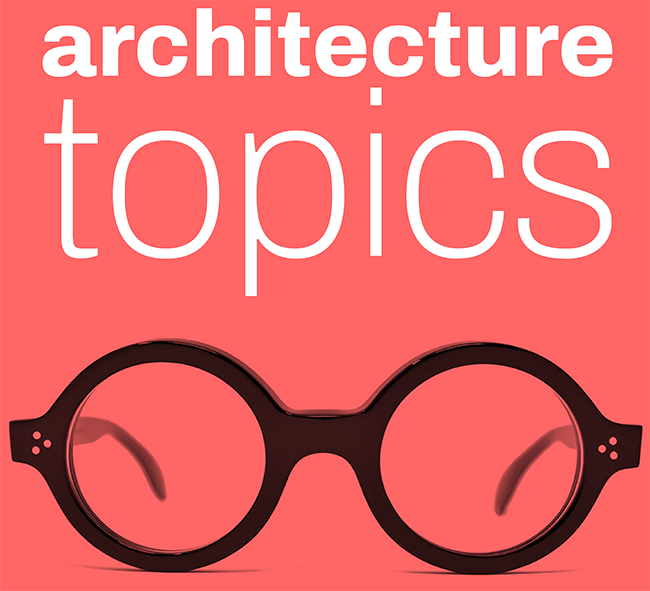The Accenture Tower is a Postmodernist skyscraper designed by Murphy/Jahn Architects, with Helmut Jahn as lead architect, and built between 1984 and 1987 in Chicago, IL.
Accenture Tower is not the only name you might know this building by though. It is common for companies to want to attach their names to iconic buildings when they move in, or for the general public to come up with nicknames, and this one is no exception. The building has changed names several times over the years, and is also known as:
- 500 West Madison.
- Citigroup Center.
- Northwestern Atrium Center.
- Ogilvie Transportation Center.
- Union Pacific Railroad Station.
- Accenture Tower from 2019 until this day.
Its precise street address is 500 West Madison Street, Chicago, IL. You can also find it on the map here.
The Accenture Tower has received multiple architecture awards for its architectural design since 1987. The following is a list of such prizes and awards:
- Best of Year Award Honoree, Large corporate Office in 2023
- BOMA Chicago Chapter Building of the Year Award
The building has been restored 2 times over the years to ensure its conservation and adaptation to the pass of time. The main restoration works happened in 2022 and 2025.

